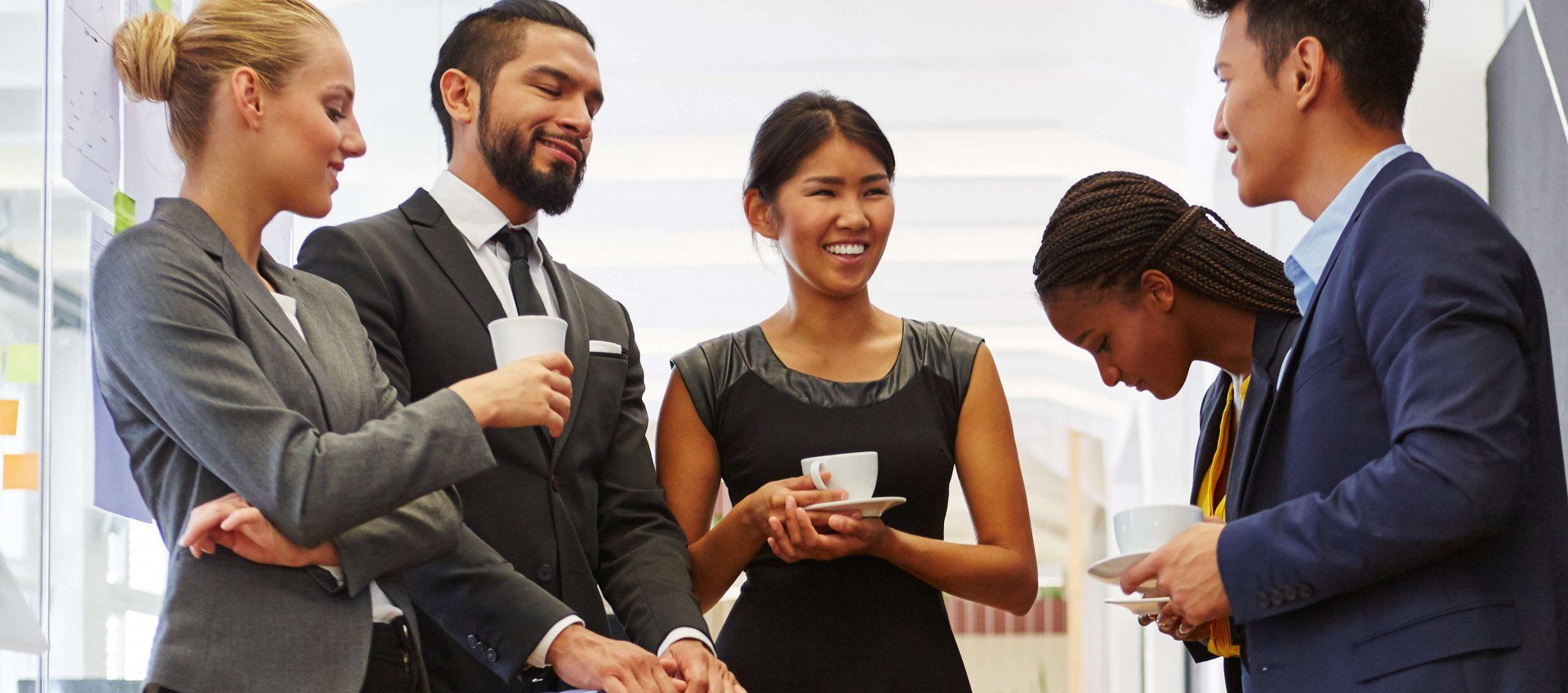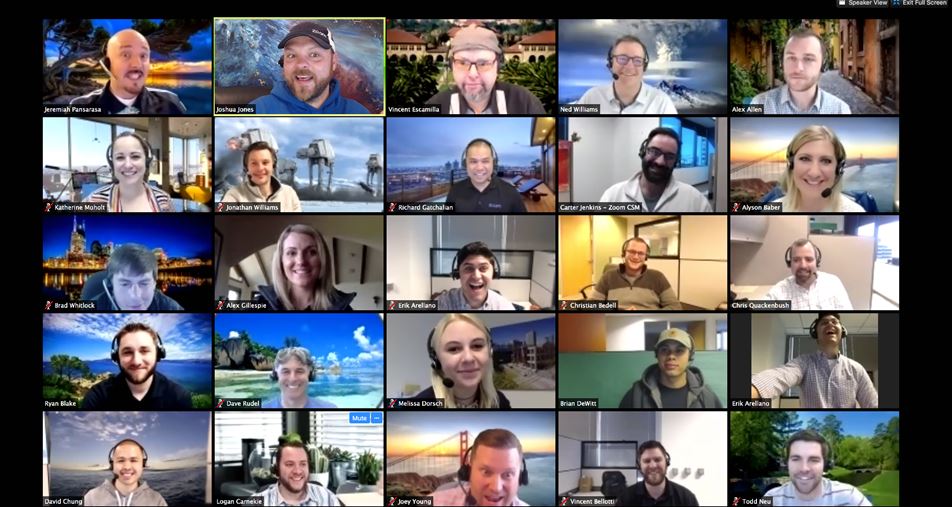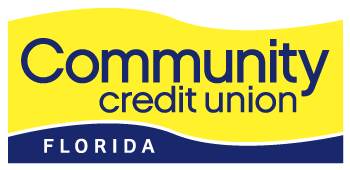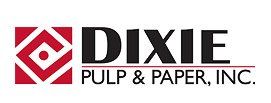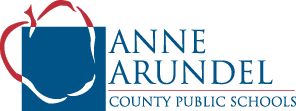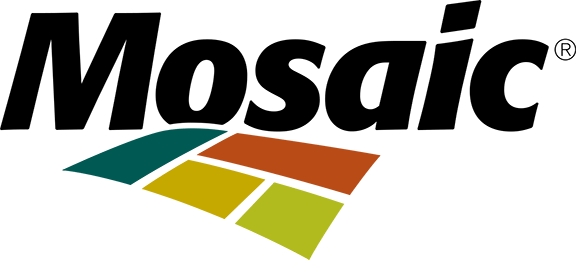By Amy P. Kelly
•
January 20, 2022
Three Key Diversity of Voice Strategies to Elevate Results in Your Team and Organizational Development Programs. Is your team begging you not to plan another virtual team-building session? Are they longing for something different if you are able to meet in person? Do you find that when you pick a theme for your team and organizational kickoff session and development programs less than 50% of the group connects with the speaker, book, or training program you select? As team developers, we know that one voice will never reach all the hearts and minds in your team or organization and that one author or researcher’s thought leadership principles and practices will not resonate with everyone in your organization. Over time, even the most powerful thought leadership material and messaging will lose its impact on a large percentage of the team. If you are looking for new ways to engage and develop your team, whether in person or virtually, consider the powerful Diversity of Voice approach to elevate results. I’ve been working in team and organizational development for over twenty years, and I’ve uncovered three reliable opportunities to improve program outcomes using the Diversity of Voice approach. Diversity of Voice in organizational development happens when different perspectives, backgrounds, and experiences are shared within the same thought leadership and training material. For example, you want your team to focus on active listening. You may encourage this skill on a regular basis, offer an example of how active listening will improve sales, connect active listening to attainment of individual and organizational objectives, and you may have a presenter that worked in sales for many years speak to the company. Some of his or her strategies will resonate with your team, some won’t. The Diversity of Voice approach provides vibrancy by tapping into different professional experiences and backgrounds that will exemplify the competencies you are asking your team to demonstrate. Using a variety of speakers such as business executives, life coaches, former pro athletes, mental agility coaches, and college coaches to deliver similar material to a team or organization adds multiple perspectives and vibrancy to the message. The team is now more interested. They pay attention. They respect the fact that you provided many voices that come from many backgrounds, different parts of the organization, and various types of teams. More of your team connects with the material. More of the team applies the material toward organization objectives, and you achieve greater return on investment. Using various styles, cultural backgrounds, and life experiences impacts people’s receptivity of the person delivering the message and the message itself. Diversity of Voice strategies engage a larger percentage of your team to produce increased results in team building, team development, and organizational development initiatives. Creating an intentional Diversity of Voice plan may take time but it will produce higher engagement that leads to stronger results. Strategy 1: Internal Diversity of Voice Initiatives An internal Diversity of Voice approach developed within the organization focuses on team development with leaders from multiple internal functions who speak to the same material and practices you are asking the team to activate. When you take the time to have operations, sales, marketing, legal, finance, information technology, and others speak to how a specific program is applicable to their portion of the vision, mission, and objectives, there will be greater engagement and better outcomes for your program. Your team sees cohesiveness and teamwork demonstrated in the message delivery, and they see their contribution respected based on their functional area being represented. Strategy 2: External Diversity of Voice Initiatives Diversity of Voice Programs provided with an outside perspective consist of speakers, consultants, and trainers who will increase engagement and momentum at the launch of a program and sustain focus over time – ultimately driving results. One of the top requests from high performing employees is learning and development. Providing learning opportunities from speakers and facilitators with unique and relevant backgrounds appeals to teams looking to continue to expand their skill set in innovative ways. According to HRCI’s Ruth Hartge , one of the disruptive trends for 2022 is the need to redefine leadership. Diversity of Voice from external sources provides a broader foundation for leadership role models. Many companies overlook this opportunity, and your organization can benefit from Diversity of Voice as a competitive advantage for talent attraction, engagement, and retention. To maximize external Diversity of Voice programs, start by identifying a theme for your organizational development. Connect the theme to the organization vision, mission and objectives. Define specific behaviors and skills you would like to see your team activate. Next, look for thought leadership programs that use a team of presenters from different professional career paths to deliver the content and programs. Ask to review the resumes of individual speakers, consultants, and trainers to ensure a wide range of experiences are included to add dimension and depth to your leadership team’s backgrounds. Strategy 3: Provide Additional Tools and Resources to Aid Development of Diversity of Voice Initiatives Build FAQs, Job Aids, and Battle Cards to clearly articulate how the Diversity of Voice approach applies to all functions in the organization. Consider including links to videos, books, and individual or group coaching programs supported by the organization. Establish an ongoing curriculum such as microlearning sessions to increase engagement and knowledge retention. And, offer a request for additional ideas from employees such as “If you think of other ways to bring this program to life in our organization, please connect with us” and provide the contact information. The Diversity of Voice approach supports your team and organizational development programs by providing a multitude of ways to engage with employees as they work to fulfill their role as a part of the vision and mission of the team. When your speakers, consultants, and trainers come from different industries, cultures, fields, generations, and life experiences with a unified message of relevance to the material you are using for your team development, you increase engagement and results while creating a team that feels supported. Discover how Diversity of Voice could work for your team . #### Amy P. Kelly believes in people and helps them grow. The “P” in her name stands for the middle name she received from her grandmother Pauline and symbolizes the power on the inside of each person to fulfill their purpose. Amy is the Vice President of Consulting for The Jon Gordon Companies and co-author of The Energy Bus Field Guide a roadmap to fueling your life, work, and team with positive energy. Her work is focused on growth and optimal performance for individuals, teams, and organizations. She was recently published in the Association for Talent Development’s Global TD Magazine Mindset Shifts for Better Human Performance Improvement . Her second book GLUE – A Leadership Strategy to Bond and Unite comes out in February 2022.
